After 11 years of helping thousands of people in 15 countries to become more charismatic communicators, I decided to go open-source with my feedback patterns. Those who have worked with me will recognize many of them. Do you remember? When you suffered from my completely illegible handwriting? But I also added some new symbols. I’m looking forward to your feedback, your comments, your ideas. Communication will always be a mountain without a peak. Let’s climb that mountain together.
This glossary contains 105 symbols, which fall into three categories: logos, ethos, and pathos.
Two more things.
One, read this article and find out how you and your company could extremely benefit from a glossary of symbols.
Two, for more visual tips on charismatic communication, download my new eBook, 102 VISUAL TIPS: For More Simplicity in Public Speaking.

2 FIRST STEP
Whether it is an email, a meeting, a workshop, or a presentation, first answer three questions. What is my objective? What is my message? Why is my message relevant to my audience?

3 STRUCTURE
The Big Bang of rhetoric. Everything begins with structure; everything ends with structure. You want to have a strong opening, a strong closing, and, in between, robust arguments to support your message. It’s simple. It’s a Greek temple. It’s a Speech Structure Building (Download the free PDF).

4 FIRST SENTENCE
When you open your mouth, all that matters is 100% attention in the room or on the screens. Anything less is not acceptable to me. Make your first sentence a WOW moment! The following seven patterns will help you get your creative juices flowing.

5 ONE
“Passion.” Or, “3,013.” One word or one number – both of them are great first sentences. But make sure you pause for two seconds after that. Let them reflect on the nonreflective.

6 STATISTIC
“0.3% of solar energy from the Sahara is enough to power the whole of Europe.” Intriguing statistics capture their attention like a Time Square billboard.

7 QUOTE
A great quote from a great figure is always a great start. I prefer to mention the originator first and harvest their credibility, then I shoot. Again, make a short pause after the quote. These phrases love to go deep. Your audience wants to reflect on them before continuing to listen to you.

8 BOLD STATEMENT
“We will all die… [100% attention!] … but not today!” I love bold statements. They don’t have to be polemic, but when they are—

9 QUESTION
Can you not answer a question you hear? Ha! Gotcha! Any question you ask captures 100% of their attention. But be aware! In public speaking, open questions can be—no, they ARE dangerous. Because you never know what kind of curveball will return. In public speaking, in general, I prefer closed questions.

10 HANNIBAL’S WAY
Do it (almost) like Hannibal Lecter and enter their brains. “Think about your family.” Can you not think about your family now? Think, remember, imagine – three fast tracks to their mental worlds.
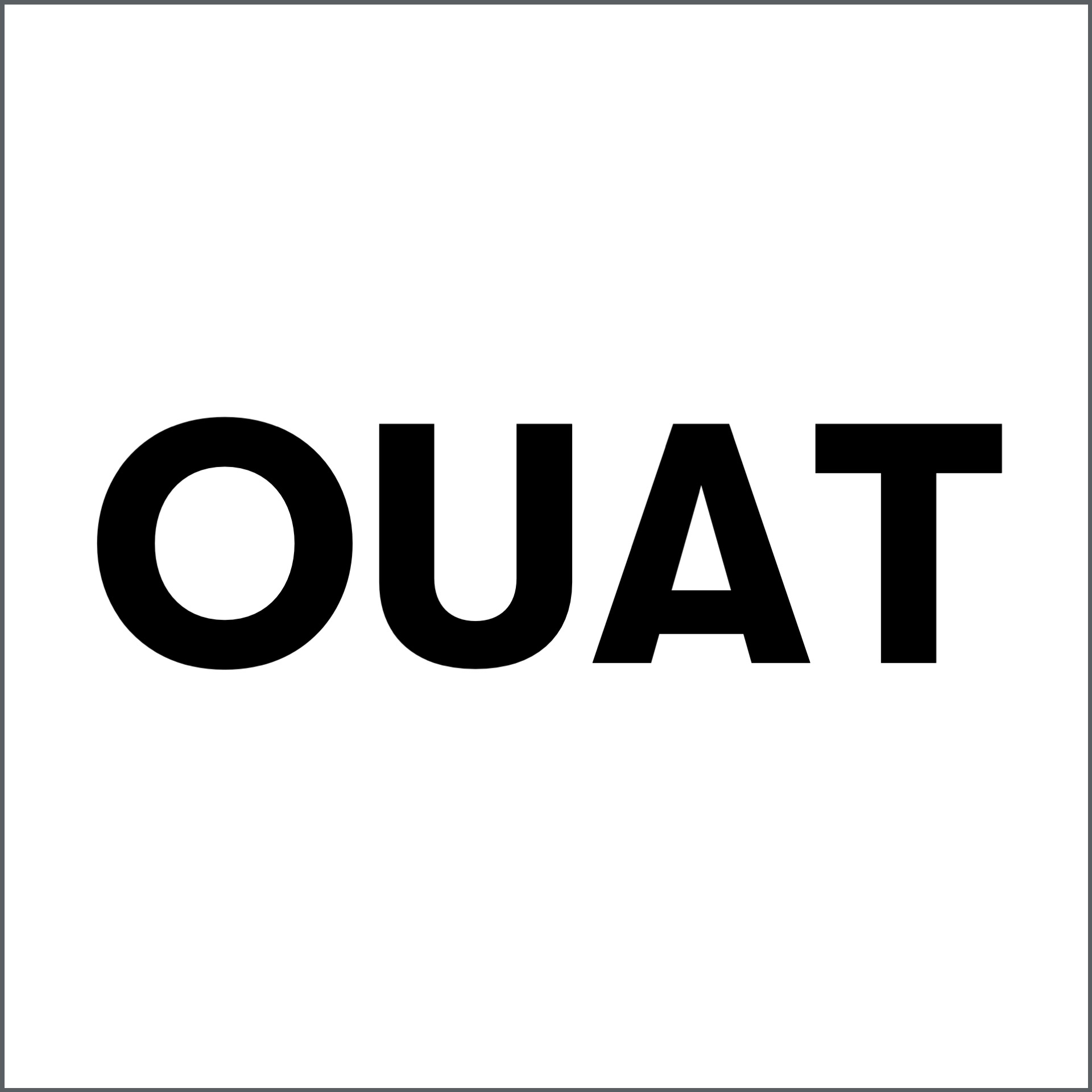
11 ONCE UPON A TIME
When you start any conversation saying, “Three months ago I fell into a black hole.” Tell me, seriously, will you continue to think about your own stuff?

12 MESSAGE
Once you captured their attention, make sure to place your message soon. And make sure, your message is Instagrammable. Hashtag-style! (See the message mason.)

13 SIGNPOST
Small element, big impact. Before you elaborate your arguments, the pillars of your Speech Structure Building, tell them the exact number of pillars. For example, “Eat less salt [#] for THREE healthy reasons [signpost].” More structure, more logos. The more logos, the more it makes sense to them.

14 CLIMAX
Good, better, best – a superb structure for any persuasive talk. Look at your arguments, the pillars of the temple. Look at them, feel them. Even numbers have stories behind them. You will always find an emotional climax. Your audience will appreciate it.

15 PROBLEM-SOLUTION
Too many times in business people present a solution… only. But without a problem, who needs a solution? When you want to sell a solution, make sure you elaborate on the problem first. When you pitch for funding in front of investors, start your presentation with P+S.

16 TRANSITION
Clear transitions, better logos. It’s amazing how fast people get lost in content deserts. Say things like, “Let’s move on to the second benefit of this product.”

17 EXAMPLE
Specific beats generic – anytime! The challenge: Most of our everyday jargon is generic. People hardly ever give specific examples. Ask my son Álvaro about it… “How was school, Álvaro?” “Good.” Look for that small black dot and be specific. The more specific, the better.

18 EXEMPLUM
The word example derives from the rhetorical device exemplum. Originally, an exemplum is an example, an anecdote, or a story that proves a moral point. More and more, I choose the 90/10 approach for my arguments: 90% story, 10% point. Extremely powerful!
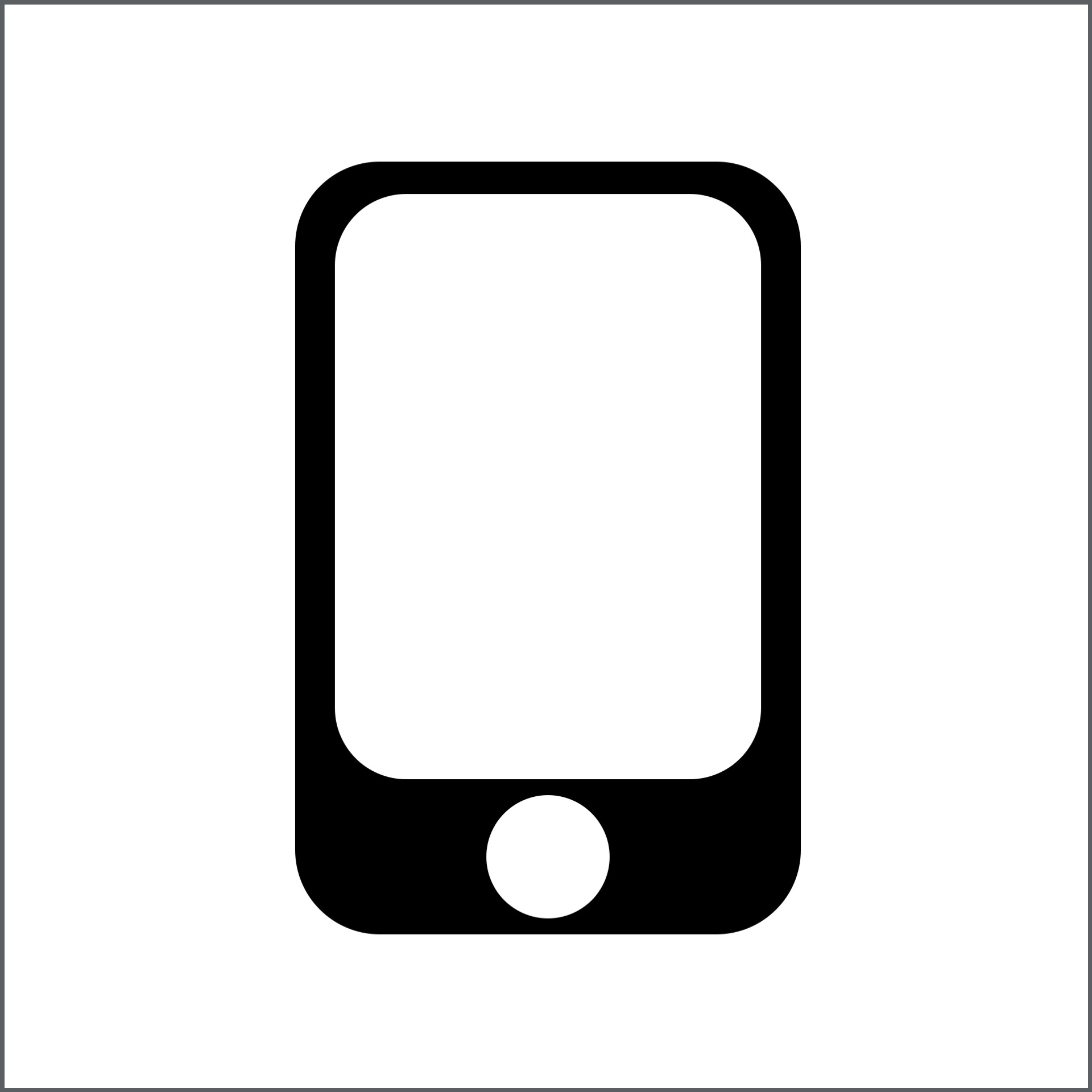
19 DEMONSTRATION
I learned that only one thing is more logical than exemplum: demonstration. Use visual aids, props, to demonstrate your ideas. When you talk about your app, show it on your phone. When you talk about the negative impact that only one bad customer feedback can have on your business, pour some ink in a glass of milk. Demonstrate it!

20 CALL TO ACTION
A persuasive talk is never the end of a rhetorical journey. It is always the beginning. After proving your #-message with powerful arguments, the time has come to make them take the first step towards your bigger goal (e.g. make them eat less salt). And the first step is not to think more about what you said. Persuasion needs action. Make them do something!

21 ACTION CHECK
At IESE Business School, an Executive MBA student once made us eat a bouillon cube at the end of his speech. His objective was to persuade us to eat less salt in life. It was a simple action; it was a specific action, it was a symbolic action. Reflecting on all the other 11,000+ speeches I had experienced by the time of writing this post, I come to the conclusion that a great call to action is triple S: simple, specific, symbolic.

22 CALL TO REFLECTION
A persuasive speech needs action as the roses need the rain (Thank you, Bon Jovi!). An inspiring talk, on the other hand, is different. You appeal to their values, noble motives, higher goals. At the end of a great inspirational speech, the audience already knows what they have to do. Think about “Yes We Can”. I learned that calling to action an already inspired audience can be counterproductive. That’s why I suggest that, with inspirational speeches, you use a call to reflection instead. Like saying, “This is what we did 10 years ago when we were almost gone. What can you do today?”

23 DRAINPIPE
The drainpipe connects the roof, the closing of your speech, with the foundation, the opening of your speech. The very last sentence of your presentation, make sure, it goes back to the very first sentence. If your first sentence is, “Passion!”, the last one could be, “But one thing they will never take away from us… Passion!” Frodo is back home. Drainpipes cause goosebumps.

24 UNROUNDED NUMBERS
You can challenge me on that one, but, to me, unrounded numbers like 3.14159… will always sound more credible than the number “3”. I love unrounded numbers. Logos loves unrounded numbers.

25 JUMP BACK
Your logos can suffer when you jump back to an earlier stage of your presentation. “As I stated before…” Or, “Like I said yesterday…” These are typical mental jumps for your audience. They can be distracting. Only use jump backs, when they strengthen your point. I don’t remember Barack Obama saying, “As I said before, Yes We Can!”

26 JUMP FORWARD
That is even worse. It happens to me too in my own training sessions. At least, I’m aware of it. “We will explore this matter after lunch.” What if you forget about it? The logos beasts in your audience will eat you alive! Jumping forward makes no sense, it only causes trouble. It’s a logos break! Avoid it as much as you can.

27 TANGENT
Tangents happen when you talk about a subject, and while you are talking about it, you introduce another side story. Then you get lost in your side story, and your audience gets more and more confused. You lose your rhetorical flow. Avoid tangents!

28 METATALK
Imagine your perfect speech. Imagine your perfect speech were David, the statue, Michelangelo’s masterpiece. You are Michelangelo, the speaker. You see, it took him three years of taking away surplus marble. With every single strike, David became more beautiful. As a speaker, you want to take out surplus marble. One of the surplus marble patterns is what I call metatalk. Metadata is data about data. Metaphilosophy is the philosophy of philosophy. Metatalk talks about the talk. Erase lines like, “I want to share a little anecdote with you.” Just share it!

29 FILLER WORDS
Another strike, Michelangelo. Conjunctions, who needs them? So, well, and, but – kick them out wherever and whenever you can.

30 LESS IS MORE
In general, Ludwig Mies van der Rohe, the Bauhaus architect, was right. He made “Less is more” his maxim. Hemingway’s mythical 6-word-story is a great example: “For sale: baby shoes. Never worn.” Less noise, more clarity. More clarity, more logos. More logos, more persuasive power. It’s math!

31 EPIZEUXIS
This one and the following three patterns are my first step into making rhetorical devices more approachable for rhetorical mortals. It doesn’t have to be three times, but three is the magic number. When you say, “Design is all about simplicity, simplicity, simplicity.”, that is an epizeuxis.
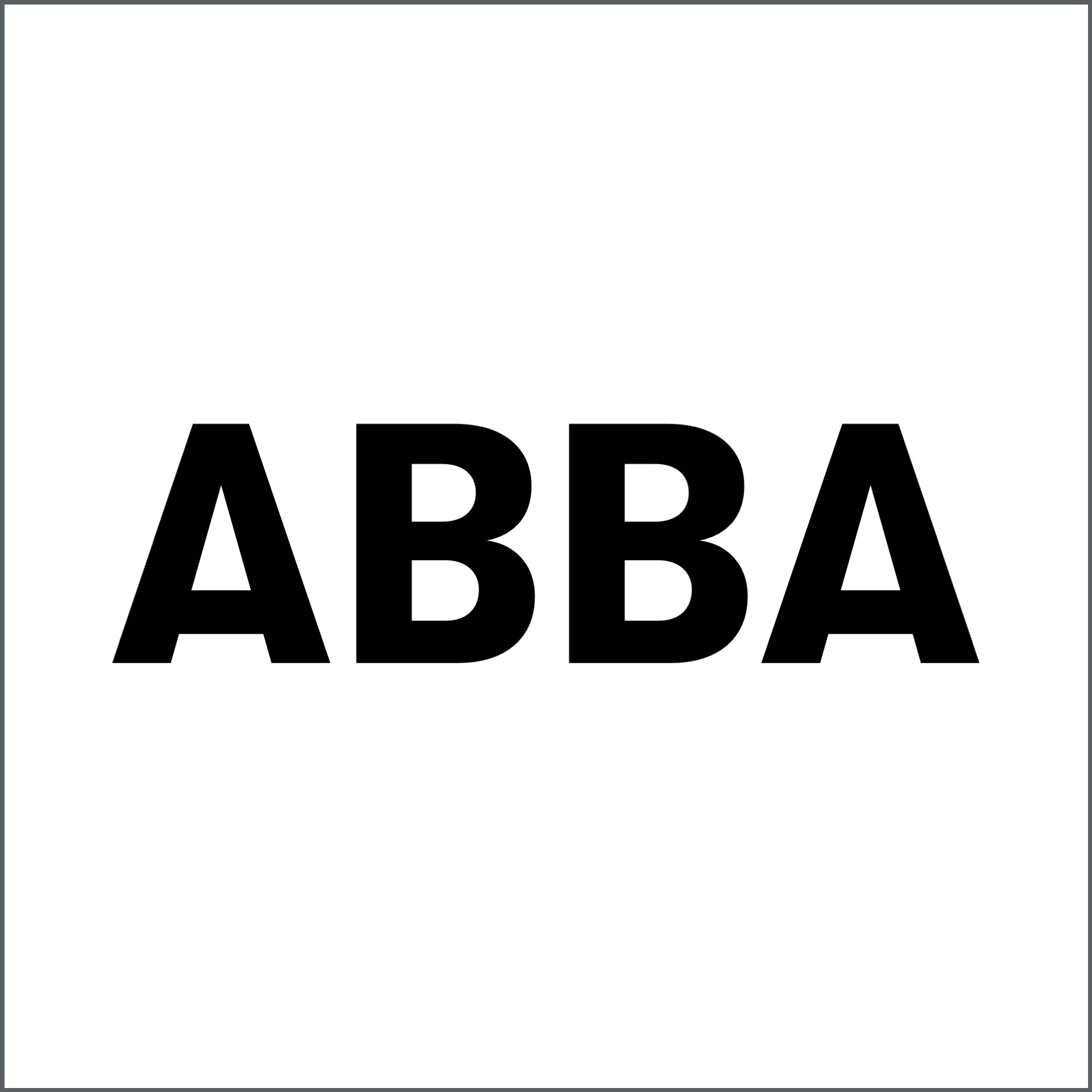
32 ANTIMETABOLE
“Ask not what your country can do for you, ask what you can do for your country.” JFK’s famous line is the special form of the rhetorical device chiasmus – antimetabole. It’s an antimetabole because he used the exact same words, which turned the phrase into the Swedish band ABBA. A chiasmus would have been to say, “Ask not what America can do for you, ask what you can do for your home.” And if you consider this flow of thought geeky, this is exactly what it is.

33 HYPOPHORA
An open question that has no answer. Instead, it creates a new question in their heads. That is the power of hypohora. “Why are we really here today?” “How can we get out of this mess?” “What can I bring to the table?” You, the speaker, answer your own question. Powerful logos because, where there is no answer, your answer definitely makes sense.

34 MORE YES
To my current knowledge, this is not one of the classical rhetorical devices. But it would certainly deserve it. Your YES gets stronger when you double up your NO before. “We are not standing up because of injustice. We are not resisting because of palpable racism. We love our children.”

35 ETHOS
It took me a while to find a cool symbol for ethos. The original meaning of ethos is custom, habit, moral. Ethos is all about your credibility as a speaker. And what is the higher self of credibility? Trust. And what is the sign of trust in Chinese? Xìn.

36 PROOF
How many times have you witnessed presenters talking about a subject and they did not mention, not in a single line, why they were the right person to talk about that given subject? Share EBAs – ethos building anecdotes. Credibility is an output; it needs input.

37 CONNECTION
The endgame of communication is connection. And how do you connect with others? By being personal. One of the most vicious fighters of impersonality is the impersonal ‘you’. A: “You make mistakes.” B: “I made a mistake.” A or B? You know the answer.

38 POISE
When you speak, you lead. You are the model, the example to follow. Your audience wants to feel in safe hands. Make sure you never lose your temper on stage (or on the screen). Stay Zen. Keep your poise.

39 COHERENCE
Think about all those super authentic characters you know personally. I learned that authenticity is a mega driver of ethos. Unfortunately, as soon as people are standing in the limelight, too many of them replace their authenticity by a mask of unnaturalness. Make sure that any content you convey is aligned with your voice and your body language. When this triangle of coherence is in the right equilibrium, you come across as authentic. No mask, just ethos. (Watch video)

40 INDIANA JONES
EBAs – you’ve just learned about this acronym – boost your reputation. The second big ethos booster is authority. Direct eye contact transmits authority. But that is the theory… In practice, you face three challenges. First, the Indiana Joneses of this world love to look for treasures they will never find – on the floor. The same thing happens in online meetings when you look at the people on the screen. Floor, screen – they hold no treasures! Only direct eye or cam contact matters.

41 VISIONARY
Second, the visionary. The visionary only shows up on real stages. They look at the wall in the rear of the room. They look at distant places. Zero connection. An ethos meltdown.

42 PSYCHOPATH
Third, and again, this one is not relevant for Zoom meetings, but in the offline public speaking world, it happens all the time. Speakers look two centimeters above the heads. Psychopath-style. Zero authority. Another ethos meltdown.

43 LOCKDOWN
Whether it is Angela Merkel’s rhombus or a person praying on stage or speakers washing their hands or twisting their wedding rings… closed body language transmits nothing but fear and anxiety on a subconscious level. Fear and anxiety are poison for your ethos. Open up!

44 T-REX
This one is even more creepy. Even when speakers do not completely close down their body language, they still keep the T-Rex in place. Did you know that you can move your arms in other angles than 90 degrees? You don’t believe me? Do an image search on Google on TED speakers. T-RexED.

45 HEAVY BAGS
My professional speaking buddy Lerio Cunha from Portugal says, “When you don’t use any gestures, carry heavy bags. Heavy bags from Walmart.” Any open form of body language is better than Angela Merkel or the T-Rex.

46 GESTURES
Use meaningful MISS gestures: metaphorical, illustrative, symbolic, signaling. For more information, see this infographic and/or watch this YouTube Live session on body language.
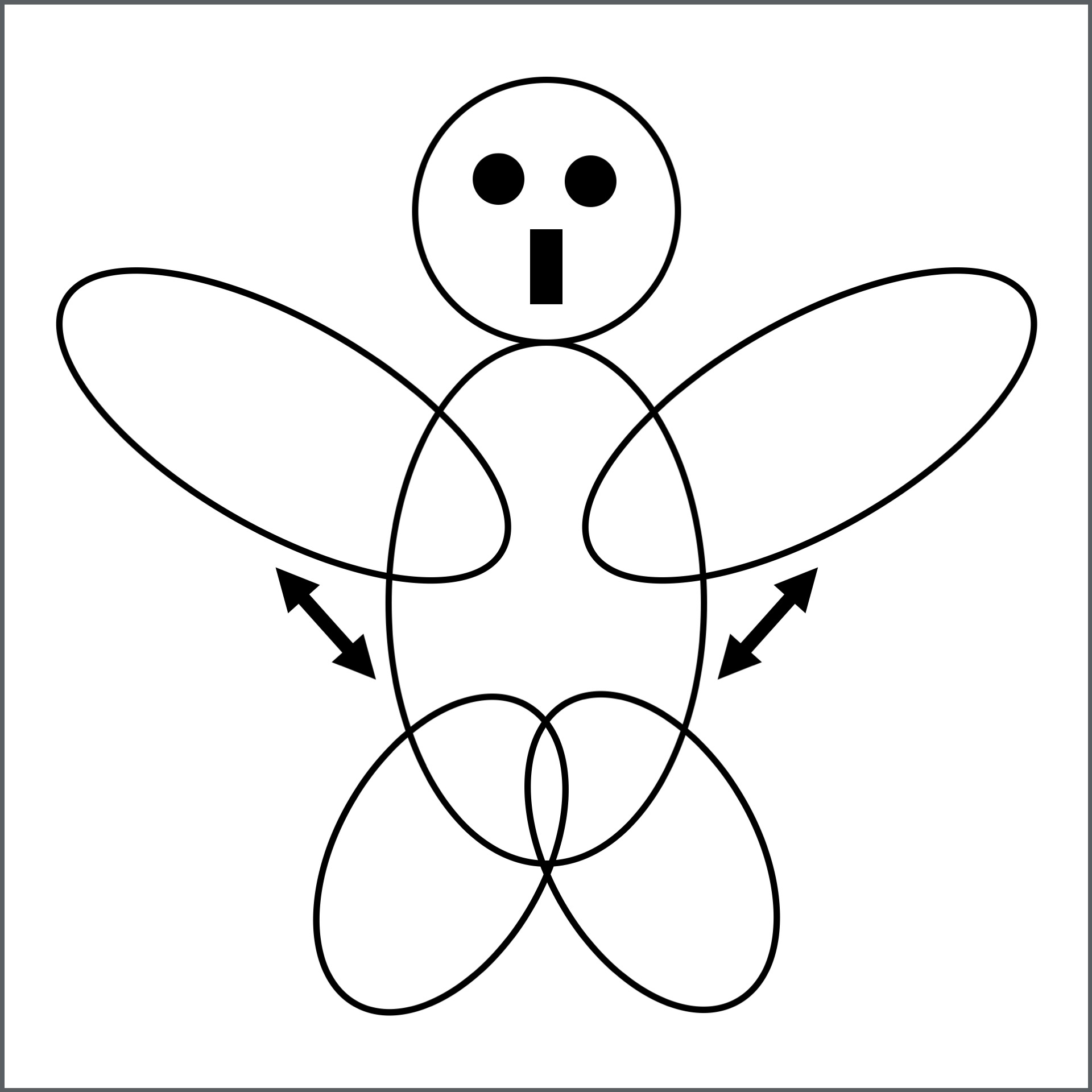
47 AEROBIC PENGUIN
Position yourself in front of a full-body mirror. Hold both hands tight at your side. Now, keeping your elbows straight, move both arms up 45º, then let them both drop back. Repeat this exercise several times. I present to you: the aerobic penguin! The aerobic penguin transmits indifference or resignation, both of which are subtle messages that you are absolutely forbidden to convey if you want to be trusted or have any authority on the stage.

48 VOCAL VARIETY
Volume and pace and pitch and, when all go zero, you have the fourth dimension… the pause. With coherence (see above) explore all four dimensions. What makes your voice sexy as a speaker is, above all, its variety. Watch this YouTube Live session on voice.

49 MUSICALITY
When I was ten years old, I started to play the clarinet. Today, I play a second instrument: the voice. Play with your intonation and add more musicality to your voice. The difference is amaaazing.

50 PAUSE
“The right word may be effective, but no word was ever as effective as a rightly timed… pause.” — Mark Twain

51 CHOCOLATE SPRINKLES
If your speech were a ball of ice-cream, then your filler sounds – em, eh, um, ah – would be the chocolate sprinkles. The problem: It’s not chocolate; it is dog poo. Replace your “chocolate sprinkles” by pauses. More pauses, more authority. More authority, more ethos.

52 LINE OF PROXIMITY
Approach your audience as close as possible. But not too close. Get a feeling for the right proximity. As a charismatic communicator, you move along that line of proximity. Your stage movements show that you are in control of the room.

53 STRUCTURE MOVEMENT
Moving along the line of proximity is great. But don’t move all the time. This would turn you into a lion in the cage. Plant and move with purpose. I use three different kinds of stage movement. First, the structure movement. You use different positions for your different speech blocks. Be aware that both on stage and on screen all movements must be mirrored movements. At least, in those countries where people write and read from left to right.
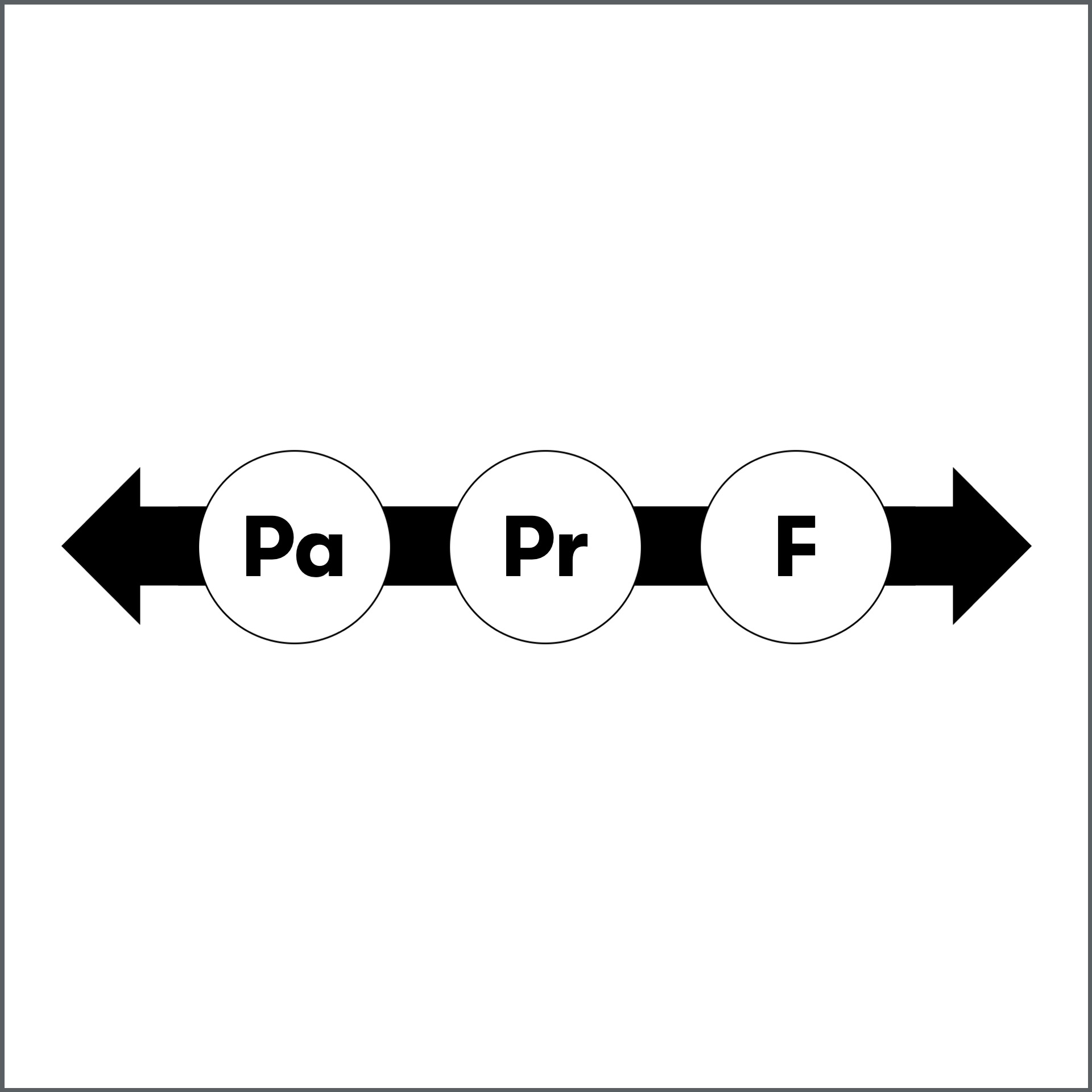
54 TIME MOVEMENT
Past, present, future – again in a mirrored way. Your past is their future. You will get used to it.

55 GEO MOVEMENT
Your east is their west and vice versa. The center of your stage (or screen) represents your current location, your “home”. Like with structure and time, geo movements offer two big benefits. One, when you move, their attention goes up. It’s an instinct! Two, purposeful stage movements support your transitions. They help your audience to follow your talk more easily.

56 CHA-CHA-CHA
All the above-mentioned stage movements have one thing in common. They are horizontal movements along the line of proximity. Vertical movements, on the other hand, are forbidden. I call them Cha-Cha-Cha. They transmit nothing but anxiety. They are poison for your ethos.

57 BLACKOUT
“Flo, what can I do when I go blank in my presentation?” This is one of the top fears of speakers. I tried it all, I did it all. In my experience, there’s only one thing you can do: shut up, smile, and hope that it comes back! Anything else will drag down your ethos.

58 BOREDOM
IKIA stands for ‘I know it already’. Don’t tell people what they already know. It’s boring. Surprise them with new facts, new figures, new data, new insights, new anything.

59 AFFIRMATION SEEKER
Right? OK? No? A charismatic communicator doesn’t seek affirmation. A charismatic communicator confirms.

60 LANDMINE
Sex, religion, politics – the three top landmines of antipathy. Yes, authenticity has rough edges. But why would you want to lose 80% of your audience with only one statement? Also, as a public speaker, you want to respect the zeitgeist. #METOO or #BLACKLIVESMATTER are movements you definitely want to have in mind (in 2020).

61 BOREDOM 2
Lawyers love disclaimers. Charismatic communicators despise them. Cut out all the boredom that you normally waste with your 47 seconds of dull comments before entering your actual presentation.

62 ASSUMPTION
“I’m sure you have experienced the same.” No. “For sure, you have been to London” No. “I could bet that you…” No. When you assume you make an ASS out of U and ME. Ask closed questions, instead. Or, tell us about yourself. Everyone in the audience who shares your experience, ideas, or dreams, will connect with you. But never, never, never assume!

63 GENERALIZATION
“All generalizations are false, including this one.” — Mark Twain.

64 THE FORBIDDEN WORD
Certain words pull down your ethos. Like four-letter words. The heaviest of them all, for me, is the word ‘sorry’. The rule is simple. Never say ‘sorry’ on stage!

65 MONOLOG
When I look back at all the presentations I gave during my time at KPMG, the global advisory firm, 99% were monolog-based. I spoke to my audience, not with them. Turn your monologs into dialogs with… interaction!

66 INTERACTION
I already praised closed questions as a great way to start a talk. It doesn’t stop there. I love to ask closed questions throughout my presentations. For three reasons. First, attention automatically shoots up to 100% (Or can you not answer a question?). Second, I care about their opinion. I build a bridge of empathy. Third, I discover common ground. Common ground builds trust. But asking questions is only one of four ways to interact with my audience.

67 REFERENCE
A keynote speech in Lyon in May 2018. In the briefing call, the London team asked me, “So, Flo, when would you like to speak?” “After lunch?” They were so happy. Me too. The entire morning I was listening to the other speakers. Guess what I did in my talk… References, references, references. Public speaking is all about the audience. Make sure they feel it this way.

68 CHAT
“Jack, you told me in the break before that you plan to apply this new technique in your business.” One-to-one conversations with people in your audience… priceless! It’s like having a chat in a bar.

69 MOMENT
The fourth form of interaction is subtle, discrete, hardly noticeable. At the right moment you look at the right person. This is impossible to do in online meetings, but it works wonders when you speak in front of a group of people. Imagine you know that someone in your audience is from Syndey. When you say, “I’ve never been to Sydney, but I was told it’s a must-see.”, you look at that person. Another bridge of empathy. Empathy builds trust. Trust is ethos.

70 TWO VERSIONS
You are Mr. or Mrs. Ethos! You exude charisma from every pore of your body. And then comes… PowerPoint. OMG! All ethos gone. But there is a simple solution. You create a second version of your slide deck. Why? How? Here you find some valuable tips.

71 PATHOS
Your logos is spot-on! Everything you say makes sense. Your ethos rocks! You impress them with your CV, your personality, your values. All good, but, after all, where do people really make decisions? In their heart, or, to be more exact, in their hypothalamus. Pathos, the third mode of Aristotle’s rhetoric, originally means pain and passion. Pathos appeals to the emotions of your audience. And guess who has to suffer…

72 VISION
In more than 11,000 speech evaluations, every single time someone shared their vision, both professional and private, the feedback was always positive. Vision is a winner, period.
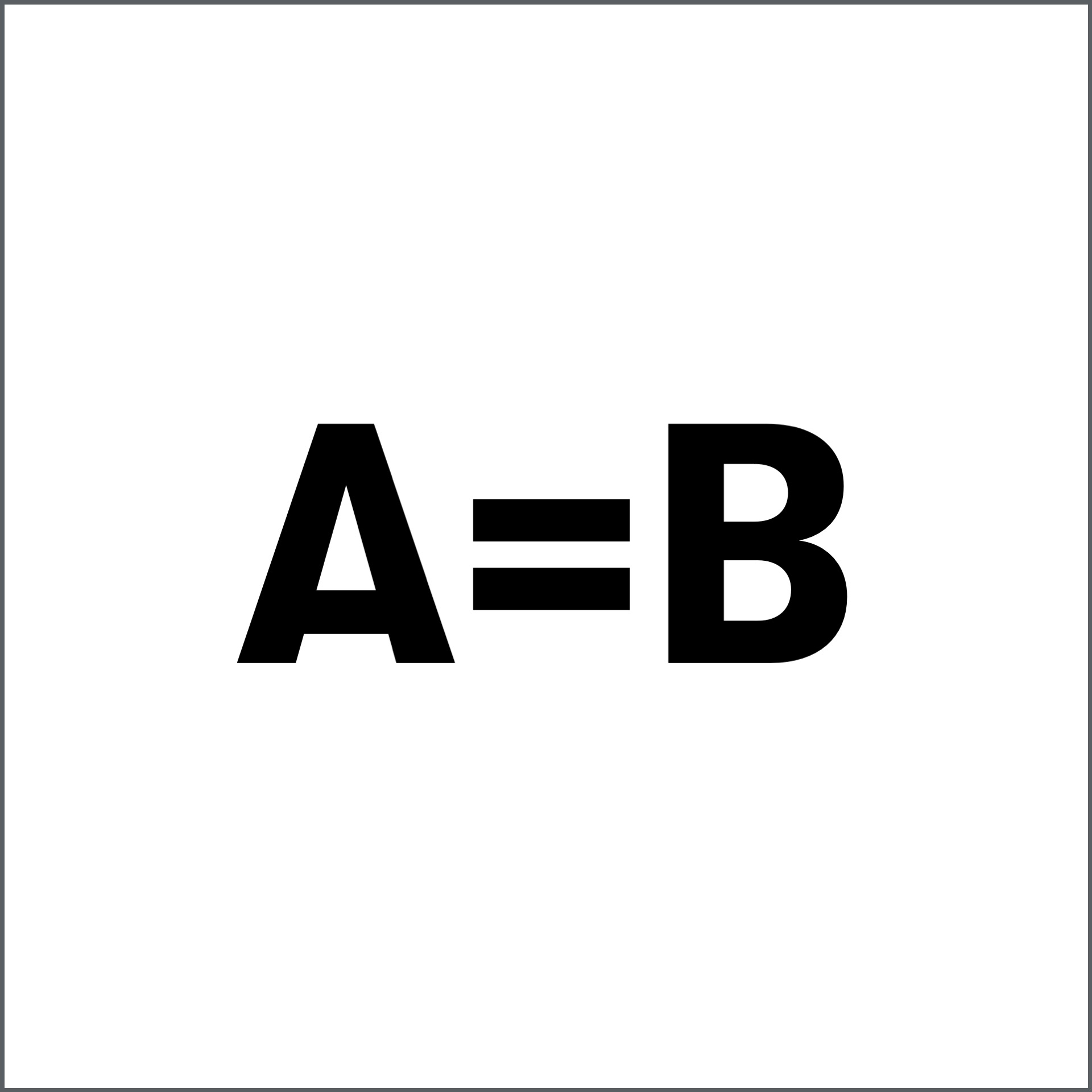
73 METAPHOR
I love metaphors. They make things more tangible, more emotional, in the end, more memorable. A training participant with a malformation once started her speech saying, “I was born with one wing, but I learned how to fly.” I will never forget this amazing woman.

74 PASSION BRIDGE
While metaphor says that one thing is another, an analogy compares two broader concepts. You can explore analogies between your passion, e.g. cooking, and your profession. Build these passion bridges. The moment you say, “Good customer service is like preparing a paella.”, you will burn on stage like a huge bonfire. (And that is a simile!)

75 PHILOSOPHY
Reflective hypophora-based questions like, “Why am I here? What is the core of my being?” give your speeches a nice philosophical touch. Plus, they go deep, they touch people’s emotions.

76 HOLE
Leave holes of imagination in the minds of people. An example is the rhetorical device aposiopesis. “Either we act now, or—” Aposiopesis cuts off the end of a phrase. Your audience has to complete it. Powerful! In general, look for opportunities to trigger their imagination.

77 DARK SIDE
When 20 heads are sitting in your audience, it means you face 20 Dr. Jekylls. But it also means that you face 20 Mr. Hydes. Play with their dark side. When you tell a story about a big struggle in your life, give no indication of a happy end. They want you to suffer. You disagree? I don’t care. I know better. 😉

78 HYPERBOLE
Humor is emotion. The following eight patterns are patterns of humor. First, inflate reality. Exaggerate. A lot. As Muhammad Ali loved to do: “I’m so mean I make medicine sick.”

79 UNDERSTATEMENT
Deflate reality. Make it smaller than it is. Imagine there had been a huge storm the night before. Then you say, “Looks like it rained a bit last night.”
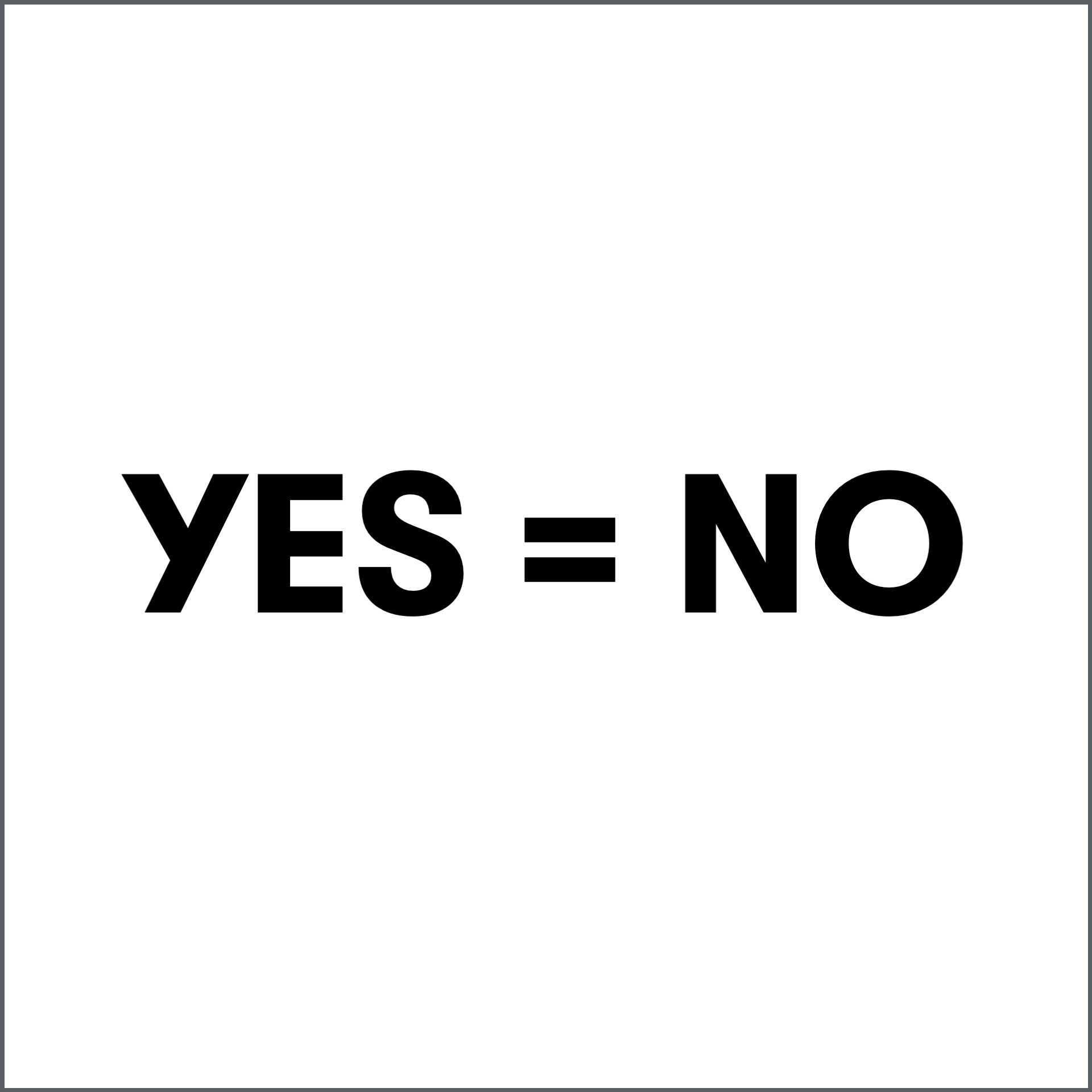
80 IRONY
Express the opposite of what it really is. Imagine the room is hotter than hot. Then you say, “It’s cool in here!”

81 PUNCH
All eight patterns of humor shown here are punchy, but I reserve the famous punch line to this pattern. You create an expectation and deviate from it, unexpectedly. “I was so sick of the big city life of London that I moved to… Shanghai.”

82 SCHADENFREUDE
Poke fun at the VIP or a popular person in your audience. The Mr. Hydes in your audience hail the fall of an alpha dog.

83 SELF-DEPRECATION
Poke fun at yourself (look, personality, culture, etc.). On German stages, I always add the line, “You shall thank God for everything, even an Upper Franconian!”

84 CALL THE ROOM
A phone goes off. Stop! Look in the direction of the disruption and say, “If it’s my mother-in-law, tell her I’m busy.” Address any disruption spontaneously. A safe laugh.

85 CALL-BACK
Another phone goes off. You raise your voice and insist, “I’m still busy!” Call-backs make repeated reference to previous humor. Another safe laugh for free. BTW, here you can watch a video on all eight patterns.

86 STORY
Whether it’s the fireplace in a cave or a boardroom with ten ties – the story is the superstar of content. Stories erase abstraction, stories are understandable, stories are memorable. Stories trigger emotions. The following 16 patterns make your stories shine like a diamond of Rihanna.

87 LOCATION
Do you remember the acronym ‘OUAT’? Once upon a time. Fairytale-style. Start almost the same way. Say things like, “20 years ago….” Or, “When I was 14 years old…” Or, “On the 25th of December 1986…”. So far so good. But now comes the part where most of the speakers fail. Where are you? Which location are we talking about? A village? OK, but how does the village look like? How many people live there? Where does the story begin? Take me to that location and describe it. Offer some details. I want to know where your story begins.

88 SENSES
We experience life with five senses. But when we communicate, we almost entirely cut off 80% of them. People speak visually. “I grew up in a small village with a church and a pub.” Hardly anyone, in my experience, talks about the smell of the cattle. And they don’t mention the loud sound of the heavy bell in the church tower either. Describe locations and situations triggering all five senses. (Watch Video)

89 HERO’S JOURNEY
The prototype of literally all stories – the hero’s journey. Why CSI? Check it out.

90 HOOK
Start your story, stop at a decisive point, and continue somewhere else. Now your audience is hooked. They are curious! They want to know what happened. At a later stage, you resolve the mystery. Think about any Netflix series. Breaking Bad? Moving cars, eyeballs in pools – hooks all over the place.

91 SUSPENSE
My special Rose is from Kota Kinabalu, East Malaysia. One of her favorite national dishes is beef rendang. It takes three to six hours to prepare good beef rendang. When you tell a story, make sure it’s beef rendang and not a Big Mac. Don’t give away everything at once. Boil your story slowly. Create suspense.

92 TWISTS
A twist is a sudden turn in your story plot. Do it like Tarantino, build them in! Especially, emotional twists are powerful. From absolute happiness to the absolute Armageddon in two seconds. Twists are surprises. Surprises boost your emotions.

93 ACTIVE VOICE
Passive voice: “We were asked by the waiter to leave the place.” Active voice: “The waiter asked us to leave the place.” Active voice beats passive voice. (Of course, in this case, I would add dialog to spice it up: “The waiter approached our table, looked at us with a grim face, and said, ‘Leave… Now!'”)

94 CHARACTERS
Stories need characters. No characters, no story. I had a couple of coaching sessions on storytelling with one of my favorite speakers, Mark Brown. Mark told me, “Flo, any character you introduce into your story, bring them to life.” And how do I bring them to life? With name, look, and personality – NLP. I hope that all NLP practitioners in the world will forgive me for rebranding their profession.

95 DIALOG
Don’t tell stories, relive them. With dialogs. Once I asked my mom, back then 82 years old, an important question. “Mom, 42 years of elementary school teaching… Tell me, what is your biggest lesson learned?” She had a sip of her dark microbrew beer and looked at me for a while. Finally, she said, “Where there is no hook, you cannot hang a jacket.”

96 THEME
Good stories have a theme. Star Wars? The force. Lord of the Rings? The ring. Kill Bill? Vengeance. Use a theme that ties the plot together. For example, when you present the service portfolio of your company, you could use one client as a theme and explain concrete projects from the past.

97 MUSIC
One of the seven golden rules of storytelling of Aristotle is called ‘chorus’. Now, in ancient Greek theater, the chorus was not only there to sing. But yes, you can add singing to your storytelling. In more than 11,000 speech evaluations, every time someone sang in their speech, the feedback was super positive. No exception.

98 HOLOGRAMS
Dècor, decoration, stage design – another golden rule of Aristotle. For a business presentation, you might not want to decorate your stage. At first sight. Once you start to think creatively, you spot two opportunities for dècor. One, full-screen images. Two, holograms you create in the minds of your audience using body language, especially your gestures.

99 ACTION
Your storytelling needs BOOM moments. The Death Star must explode at one point. Aristotle called it ‘spectacle’. In this sense, you can achieve a lot with the energy you transmit through your body language and voice.

100 ACTING
Never try to be an actor when you speak in public. My friend and professional speaker, Olivia Schofield, loves to say, “An actor is an expert at being someone else. A speaker is an expert at being themselves.” Having said that, as a fragment of your talk, a little bit of acting – the same with singing or dancing – will always be perceived positively. Trust me on that one!

101 VULNERABILITY
The biggest part of your hero’s journey (CSI, see above) is your struggle. When you struggle, we connect with you. We connect with you beyond any possible doubt you might have. We love to see the hole in your heart. Your vulnerability, by many considered a weakness, is your biggest strength as a public speaker.

102 INSPIRATION
Finally, inspiration starts with the letter ‘I’. He didn’t say, “You have a dream.” He didn’t say, “We have a dream.” You know what he said. I love speeches full of I-stories, and I switch off when I hear Wikipedia speeches. I want to hear your story. You inspire me.
More symbols

103 AK-47
Even if I’m a militant pacifist, I call these speakers AK-47s. They speak like an Avtomat-Kalashnikov 47 — rattattattattat. You’ve already learned about the most effective word of all — the pause. AK-47 speakers don’t pause at all — ever. Their pace is faster than Beep-Beep the Roadrunner. They don’t give their audience any time to breathe, either. One of their speeches is like a never-ending climax.

104 BOUNCER
When you put your hands in your hips, you look like the bouncer of that club in Barcelona who, sometimes, wouldn’t let me it. I don’t want to see the bouncer’s power pose on stage. Avoid it.

105 8 BALL
An 8 ball is an object in your speech that symbolizes a higher meaning. Don’t you have objects in your life that stand for something bigger? Reflect on them, uncover them, recover them, and add them to your stories. For more information on the 8 ball, read this article.


Comment (1)